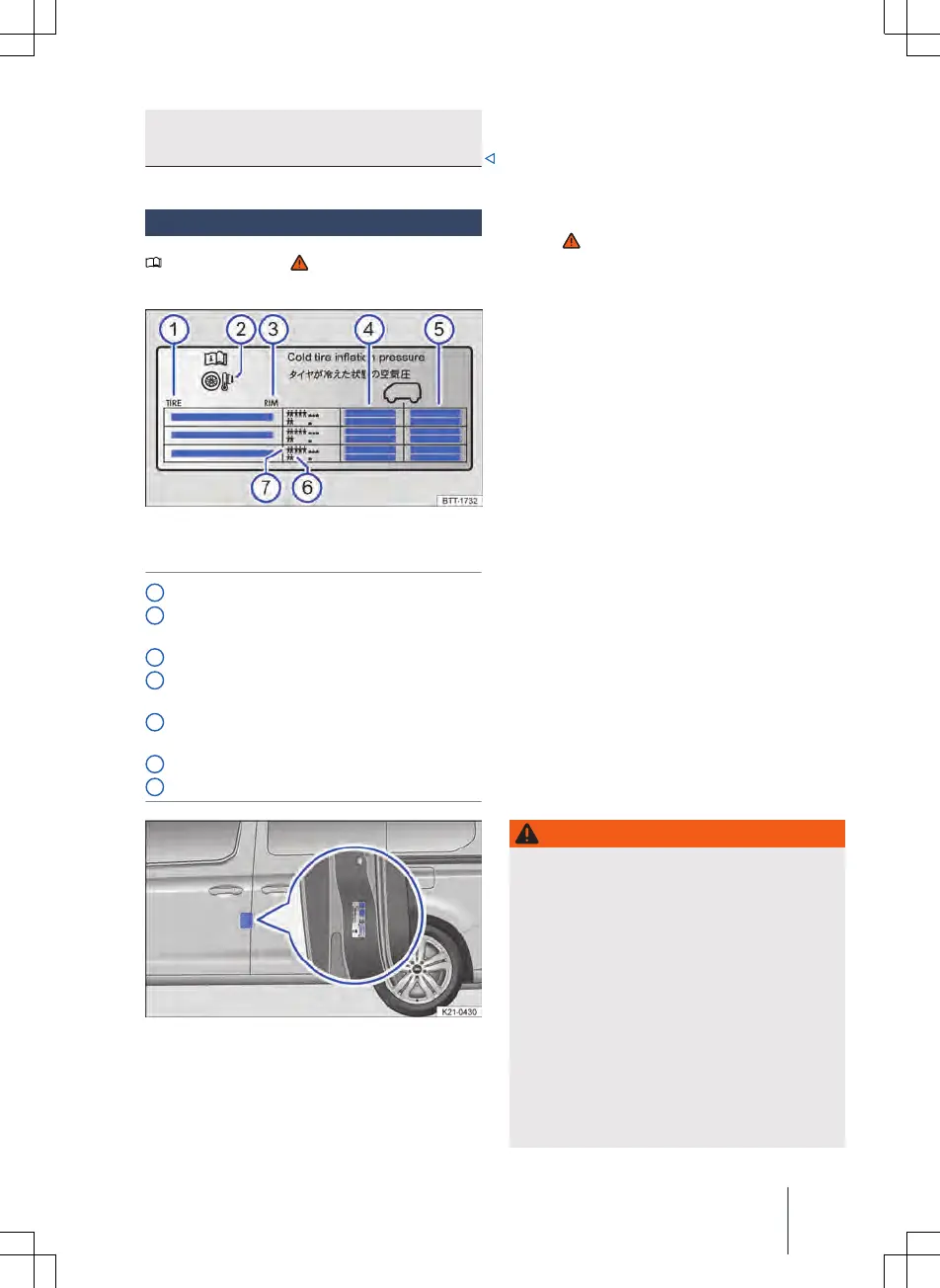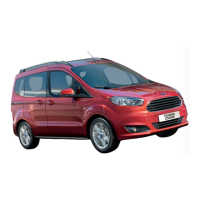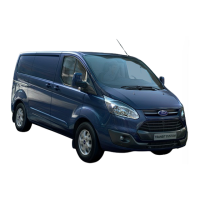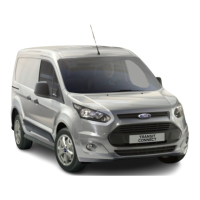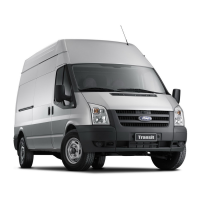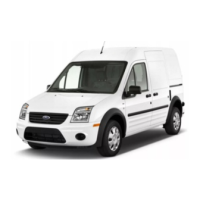·
Ha
ve all work on wheel rims with bol-
ted-on rim rings carried out only by
a suitably qualified workshop.
Tyre pressure
Please refer to at the start of the
chapt
er on page 335.
Fig. 205 Informa
tion on the tyre pressure
sticker.
1
Tyre size.
2
Note: Check the tyre pressure when the
tyres are c
old.
3
Rim size.
4
Tyre pressure for the tyres on the front
a
xle.
5
Tyre pressure for the tyres on the rear
a
xle.
6
Tyre pressure for partial load.
7
Tyre pressure for full load.
Fig. 206 On the driver door: tyre pressure
sticker (alterna
tively on the inside of the tank
flap).
The sticker shows the correct tyre pressure
for approved tyres.
The appearance of the sticker may dier
between vehicles. It ma
y include additional
tyre sizes.
The wrong tyre pressure will have a nega-
tive eect on the vehicle’s response and
leads to high levels of wear or even a burst
tyre →
. The correct tyre pressure is par-
tic
ularly important at high speeds.
Checking the tyre pressure
The tyre pressure should be checked regu-
larly, at least once a month and before ev-
ery long trip. Always check all the tyres, in-
cluding the spare if fitted. The tyre pressure
should be checked more frequently in cold-
er regions, but only if the vehicle has not
been moved beforehand. The tyre pressure
tester must function correctly.
— Always check the tyre pressure when the
tyres are cold. The specified tyre pressure
applies to cold tyres. Tyre pressure is al-
ways higher in warm tyres than it is in
cold tyres. For this reason, never reduce
the pressure in warm tyres to adjust the
tyre pressure.
— Always adjust the tyre pressure to the
load level.
— Aer adjusting the tyre pressures, always
screw the caps onto the valves and ob-
serve the information on the tyre moni-
toring system.
— Always use the tyre pressure specified on
the sticker. Never exceed the maximum
tyre pressure which is given on the side-
wall of the tyre
WARNING
Incorrect tyre pressure may cause the tyre
to suddenly lose pressure or burst while
the vehicle is in motion. T
his can cause
serious accidents and fatal injuries.
·
If the tyre pressure is too low, it is possi-
ble that the tyre temperature will in-
crease to such an extent when driving
that the tread peels o and the tyre
bursts.
·
Driving too fast and overloading the ve-
hicle can cause overheating, sudden
tyre damage including tyre bursts and
detachment of the tread surface, which
may result in you losing control of the
vehicle.
Information about wheels and tyres
339
2KF012720AB

